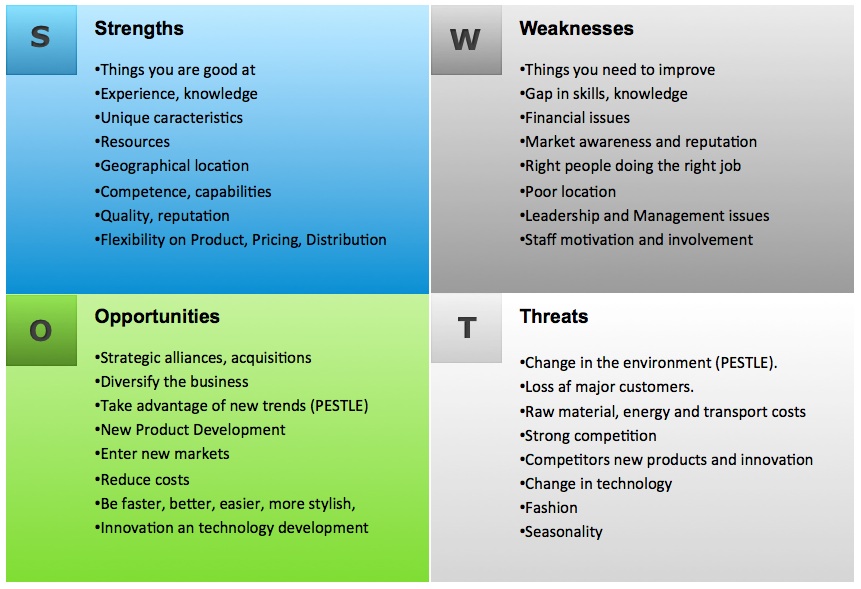1 Considering what I know about renewable energy, what are some of the key things I need to be able to explain to a potential funder of my project?
There are a number of obstacles that will surround any project, and raising the up-front capital needed to fund a project is certainly the most crucial. In terms of renewable energy, the project not only needs to be equitable, but it needs to be even more equitable than alternatives. For example, a company may consider installing solar PV with a large up-front cost at a 20 year payback period, but if they can save a few dollars immediately by converting to natural gas and applying some low-cost efficiencies around the facility, they may implement the latter if only to avoid the up-front cost while still being able to demonstrate a savings. Even though long-term the solar PV technology would have a significantly greater return, it’s that instant gratification and the fear of the initial large investment that may deter the project.
I think it’s extremely important not only to explain the long-term benefits of the project, but also to explain the long-term negative impacts for not pursuing it. Using the example above again, we must also take into consideration that natural gas is relatively cheap for the time being and that electricity rates are steadily on the rise in most places. In fact, they’ve risen about 50% since 2003.(1) In the end, it all comes down to the volatility and unpredictability of fossil-fuel driven energy rates versus the stability and assuredness of renewable energy costs. Once that solar PV array is installed, one won’t have to worry about the sun sending a higher bill next month.
Insofar as funding a renewable energy startup, I think the crux of funding success can be found in the potential of the market. Energy is a colossal business, and as long as oil is expensive and coal is dirty, there are going to be gains made in the renewable energy sector. But the cost comparison of renewables vs. fossil fuels is growing slimmer as the technological advances of renewable energy technologies drives its price of adoption down while the increasing scarcity of “conventional” oil and natural gas sources drives their costs of extraction up. It would also be important to discuss the increasing efficiencies of many renewable energy technologies, because as they become more efficient the more viable an option they become.
For either renewable energy projects or startups, government incentives will be crucial to their near-term successes. The high up-front costs of adoption will continue to temper the industry’s growth until innovative new ways of allowing consumers and businesses to adopt at a lower cost are implemented. Elon Musk’s SolarCity just recently built financing into their installations, allowing consumers to simply pay a stable monthly rate to SolarCity instead of their utility company, and other companies have used leasing to confer the same effect. The only difference is that SolarCity’s method allows the consumer to eventually own the solar array, whereas with the leases the array is owned by the installation company. Either way, these innovative ideas have found a way to eliminate the deterrent of that high up-front investment.
2. What finance-based processes would I use to explain our potential for success?
In order to explain our potential for success I would certainly use, for simplicity, Return on Investment (ROI) in order to illustrate that the project is equitable. For a clearer understanding of the potential for the project I would also provide a Net Present Value (NPV) analysis. Using the NPV, I can clearly illustrate the year by year accumulation of capital after the original investment has been paid off, which I think is a very powerful tool. Because the NPV analysis takes into consideration a host of limiting and contributing factors like taxes, inflation, and stable investments, it makes it very clear the true potential of the investment. In the case of a renewable energy projects, assumptions will need to be made in order to design the outlook of the project–namely year-over-year savings, yearly current utility cost increases, etc.–so it won’t be a perfect representation of the return on the investment. However, the more factors that are taken into consideration the more concise the outlook will be.
Reference:
- EIA, 2014. “Short-Term Energy and Winter Fuels Outlook.” eia.gov. Accessed: https://docs.google.com/document/d/1Zn6XamC2DNkOAIsMd5p8_G0aGhGOlZBWAJWsFpbOPl0/edit#

